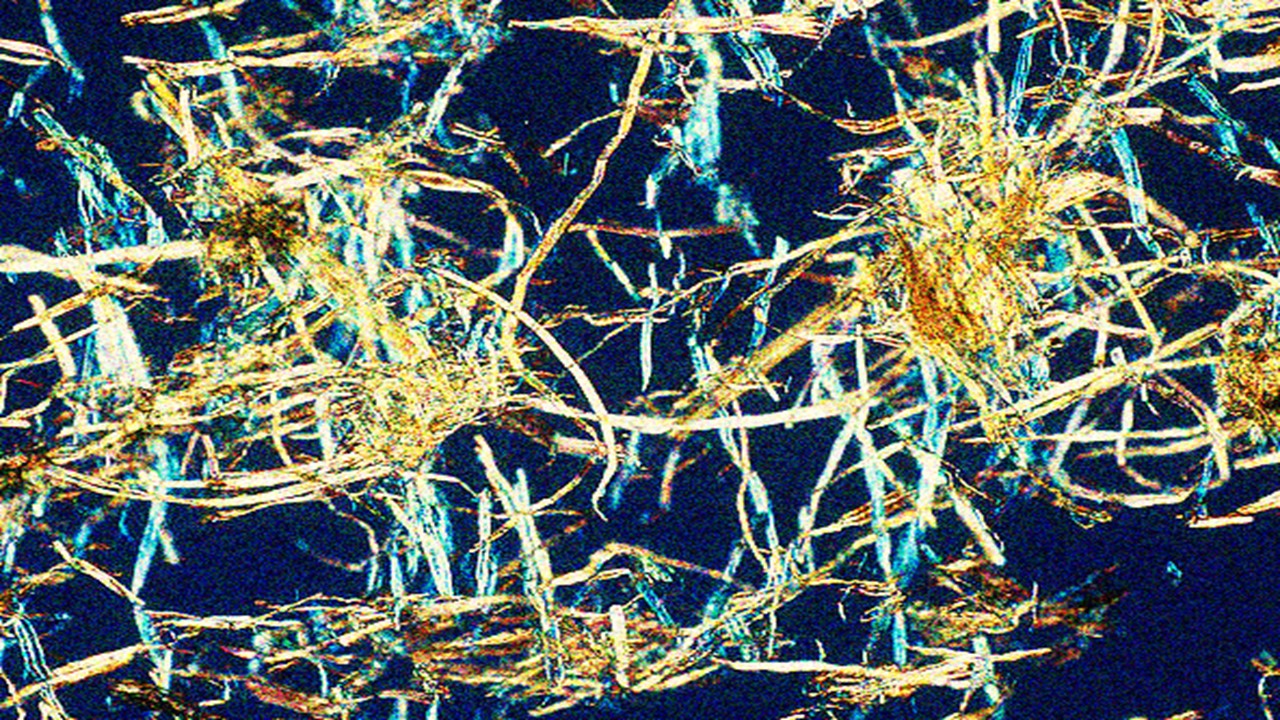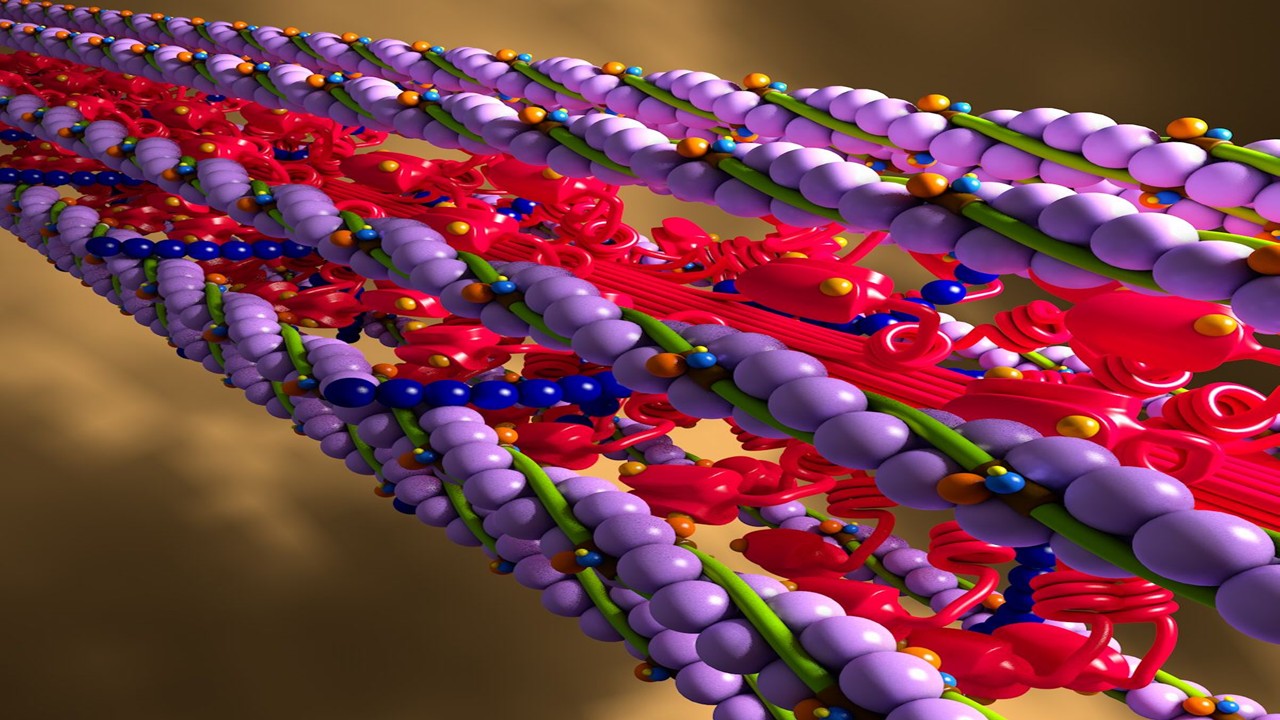Building Tomorrow’s Inhibitors Today: The Fusion of Fragment-Based Design and Dynamic Chemistry
In a world increasingly shaped by metabolic dysfunction, Type 2 diabetes mellitus (T2DM) remains a silent architect of systemic damage—its reach spanning liver degradation, cardiovascular compromise, and renal failure. While controlling postprandial blood glucose has become a cornerstone of management, our pharmacological tools have long suffered from bluntness: non-selective inhibition of carbohydrate-digesting enzymes like α-amylase and α-glucosidase results not only in glycemic control but also in crippling gastrointestinal side effects. Herein lies the appeal of a surgical strike—a molecular agent that targets only α-glucosidase, sparing α-amylase and, by extension, the gut.
To meet this challenge, researchers turned to the elegant interplay of two powerful methodologies in drug discovery: fragment-based drug design (FBDD) and dynamic combinatorial chemistry (DCC). FBDD begins with low-affinity, high-specificity fragments that bind to crucial areas of the target enzyme and incrementally builds them into high-potency inhibitors. On the other hand, DCC employs reversible covalent bonding to simulate evolutionary adaptation in vitro—libraries of ligands constantly reshuffle and re-equilibrate in the presence of a molecular template, which acts as selective pressure. What emerges from this chemical “natural selection” are those species with the highest binding affinity.
When merged, these strategies create an accelerated, target-specific synthesis-screening continuum, using enzyme templates to both generate and winnow potential drugs in a single pot. From five rationally engineered fragments, the present study deployed two rounds of DCC to generate and optimize 29 acylhydrazone-linked ligands. Their goal? Develop a highly potent, selectively acting α-glucosidase inhibitor with minimal cytotoxicity. They succeeded—with compound C4E8.
Mapping the Molecular Terrain: Rational Fragment Design and Binding Forecasts
The five molecular fragments used as initial seeds in this study were not arbitrary. Their design conformed to the “rule of three,” an essential guideline in FBDD that emphasizes small molecular weight, low hydrophobicity, and minimal hydrogen-bond acceptors—features that enable deep, selective entry into enzymatic active sites. Each fragment exhibited a binding energy below −5 kcal/mol when docked against α-glucosidase, ensuring not just passive compatibility but active preference for the target site.
Further, the investigators leveraged molecular docking studies to validate that these fragments localized within the core active site of the enzyme. This orientation wasn’t just predictive—it was strategic. The region surrounding the initial binding site possessed ample steric and electronic latitude, forming a chemical landscape primed for further functional elaboration. The plan was to grow the fragments outward into this niche using reversible acylhydrazone formation—a reaction well-suited to DCC, offering both kinetic control and structural stability in physiological conditions.
What began as minimal scaffolds soon evolved into 15 distinct ligands within the first dynamic combinatorial library, DCL-1. These were synthesized in phosphate-buffered saline under mild conditions, aided by aniline as a catalyst. The chemical evolution was tracked not merely through HPLC equilibrium but under the selective pressure of α-glucosidase itself, functioning as a biochemical shepherd—amplifying the most compatible candidates at the expense of the less fitted.
First Round of Screening: Emergence of a Selective Front-Runner
From DCL-1, four amplified candidates emerged—C1E3, C2E3, C3E3, and C3E5—each displaying enriched concentrations when α-glucosidase was introduced into the dynamic equilibrium. Yet not all amplification equaled efficacy. Biological validation revealed C3E5 to be the most promising, achieving moderate inhibition of α-glucosidase while demonstrating negligible interaction with α-amylase. This bifurcated efficacy was essential. Unlike traditional α-glucosidase inhibitors like acarbose, which simultaneously suppress both enzymes and often trigger intense gastrointestinal reactions, C3E5’s selectivity pointed toward a safer pharmacodynamic profile.
Interestingly, while other sulfonated candidates like C1E3 and C2E3 were structurally amplified in the presence of the enzyme, they lacked catalytic site engagement, suggesting off-target binding or peripheral site stabilization. C3E3 exhibited weak inhibitory activity and provided further evidence that amplification alone did not guarantee effective enzyme inhibition. These distinctions underscored the importance of empirical IC50 validation—an irreplaceable component in screening.
More importantly, C3E5 was also tested for cytotoxicity using HepG2 hepatic cells and showed minimal toxicity even at high concentrations, supporting its biocompatibility. But C3E5 was never meant to be the terminus of this molecular journey. Instead, it served as the departure point for a second-generation, evolved dynamic combinatorial library—DCL-2.
The Evolution Continues: Second Library, Enhanced Affinity
In constructing DCL-2, researchers used C3E5 as the molecular template upon which new interactions could be scaffolded. This generation incorporated chromone aldehydes and heterocyclic acylhydrazides to probe deeper binding interactions—specifically targeting regions around the enzyme’s catalytic core to maximize π–π stacking, hydrophobic contacts, and hydrogen bonding potential.
Once again, enzyme-driven amplification was used to select for high-affinity binders. C4E5, C4E6, and most notably, C4E8 emerged as clear favorites, with the latter demonstrating an IC50 that dramatically outperformed even acarbose. Compound C4E8 was a paragon of selectivity—potent against α-glucosidase and inert toward α-amylase. The implications were enormous: a compound with therapeutic precision and minimal collateral damage.
Equally important was the compound’s cytotoxicity profile. None of the second-generation hits induced significant toxicity in HepG2 cells at therapeutic concentrations, maintaining a safety margin ideal for future preclinical development.
Dissecting the Mechanism: Mixed-Type Inhibition and Enzyme Kinetics
To further characterize the mechanism of action, detailed enzyme kinetics were undertaken. The Lineweaver–Burk plot revealed C4E8 as a mixed-type inhibitor—a hybrid that could bind both the free enzyme and the enzyme-substrate complex. This duality offered a strategic advantage: flexible inhibition across varying substrate concentrations, potentially enhancing in vivo efficacy during fluctuations in postprandial glucose levels.
The Dixon analysis yielded a competitive inhibition constant (Ki) and noncompetitive constant (αKi) that placed C4E8’s affinity well within the micromolar range, aligning with its observed potency. These values reflected preferential binding to the free enzyme over the enzyme-substrate complex, anchoring C4E8’s role in preemptive substrate blockade.
Altogether, these kinetic insights offered more than numbers—they provided a molecular roadmap. By dissecting the inhibitory mode, the research not only confirmed C4E8’s efficacy but also hinted at structural features responsible for its selectivity and binding persistence.
Into the Active Site: Molecular Docking Illuminates Binding Interactions
When C4E8 was docked into the crystal structure of α-glucosidase, it didn’t just sit—it nestled. The compound’s indole moiety formed dual π–π stacking interactions with phenylalanine residues and an edge-to-face alignment with histidine, leveraging classic aromatic interactions. Its carbonyl oxygen and imino nitrogen built stabilizing hydrogen bonds with adjacent arginine and phenylalanine residues, while a methyl group on the chromone ring contributed to hydrophobic complementarity.
The docking energetics told the rest of the story. With a binding energy of −10.8 kcal/mol, C4E8 showed not just theoretical compatibility but thermodynamic preference. Compared to its predecessor, fragment 5, C4E8’s expanded pharmacophore reached deeper into the enzymatic cleft, unlocking interactions that the original fragment could only gesture toward. This progression from fragment to full inhibitor epitomized the power of guided growth—a process akin to sculpting a key from the inside of the lock.
Selectivity Engineered by Design: Avoiding α-Amylase, On Purpose
Perhaps the most notable result across both DCL iterations was what didn’t happen. Despite sharing similar catalytic targets, α-amylase failed to amplify any ligand significantly. This wasn’t a limitation—it was a triumph. Selectivity was designed into the system from the outset. Fragment docking had oriented the initial scaffolds toward α-glucosidase-specific residues, and DCC preserved that bias during molecular evolution.
By choosing fragment linkers that exploited specific residues within the α-glucosidase active site—residues either absent or structurally misaligned in α-amylase—the design insulated itself against off-target activity. This is the molecular equivalent of a surgical tool honed so precisely that it will not operate unless presented with the correct substrate.
This strategic selectivity addresses one of the most pressing challenges in anti-diabetic therapy: reducing the unpleasant and often debilitating gastrointestinal side effects that accompany α-amylase inhibition. The possibility of developing a medication that spares the gut while taming blood glucose is no longer speculative—it is chemical reality.
Toward Clinical Translation: C4E8 as a Preclinical Lead
C4E8 now stands at the junction of laboratory triumph and clinical possibility. It has met the pharmacological trifecta: high potency, target selectivity, and safety margin. Its kinetic profile supports flexible dosing. Its structural motif offers multiple entry points for future optimization, including PEGylation, prodrug formulation, or nanoparticle delivery.
Yet this molecule is not a drug—at least, not yet. Its journey through animal models, ADMET profiling, and metabolic stability assays lies ahead. But the path forward is clearer than ever, and it was paved with rational design, fragment evolution, and enzymatic guidance.
If this molecule one day reaches the pharmacy shelf, it will stand not just as a medical solution, but as a scientific milestone—proof that intelligent design at the molecular level can yield therapies that are both potent and precise.
From Fragments to Functionality—The Future of Selective Inhibition
What this research accomplished cannot be understated. It demonstrates the viability of merging fragment-based drug design with dynamic combinatorial chemistry to generate highly selective inhibitors with therapeutic potential. More than a workflow, it is a philosophy: let the enzyme choose its own binder, then evolve that binder toward perfection.
C4E8 is not merely a molecule—it is a case study in modern medicinal chemistry. From initial rational fragments to an evolved, selective α-glucosidase inhibitor, this study provides a template for the next generation of smart, selective, and safe therapeutics. And for a world increasingly vulnerable to the scourge of metabolic disorders, that might just be the sugar-stopping revolution we’ve been waiting for.
Study DOI: https://doi.org/10.1021/acsmedchemlett.2c00405
Engr. Dex Marco Tiu Guibelondo, B.Sc. Pharm, R.Ph., B.Sc. CpE
Editor-in-Chief, PharmaFEATURES

Subscribe
to get our
LATEST NEWS
Related Posts

Medicinal Chemistry & Pharmacology
Invisible Couriers: How Lab-on-Chip Technologies Are Rewriting the Future of Disease Diagnosis
The shift from benchtop Western blots to on-chip, real-time protein detection represents more than just technical progress—it is a shift in epistemology.

Medicinal Chemistry & Pharmacology
Into the Genomic Unknown: The Hunt for Drug Targets in the Human Proteome’s Blind Spots
The proteomic darkness is not empty. It is rich with uncharacterized function, latent therapeutic potential, and untapped biological narratives.

Medicinal Chemistry & Pharmacology
Aerogel Pharmaceutics Reimagined: How Chitosan-Based Aerogels and Hybrid Computational Models Are Reshaping Nasal Drug Delivery Systems
Simulating with precision and formulating with insight, the future of pharmacology becomes not just predictive but programmable, one cell at a time.

Medicinal Chemistry & Pharmacology
Coprocessed for Compression: Reengineering Metformin Hydrochloride with Hydroxypropyl Cellulose via Coprecipitation for Direct Compression Enhancement
In manufacturing, minimizing granulation lines, drying tunnels, and multiple milling stages reduces equipment costs, process footprint, and energy consumption.
Read More Articles
Myosin’s Molecular Toggle: How Dimerization of the Globular Tail Domain Controls the Motor Function of Myo5a
Myo5a exists in either an inhibited, triangulated rest or an extended, motile activation, each conformation dictated by the interplay between the GTD and its surroundings.











